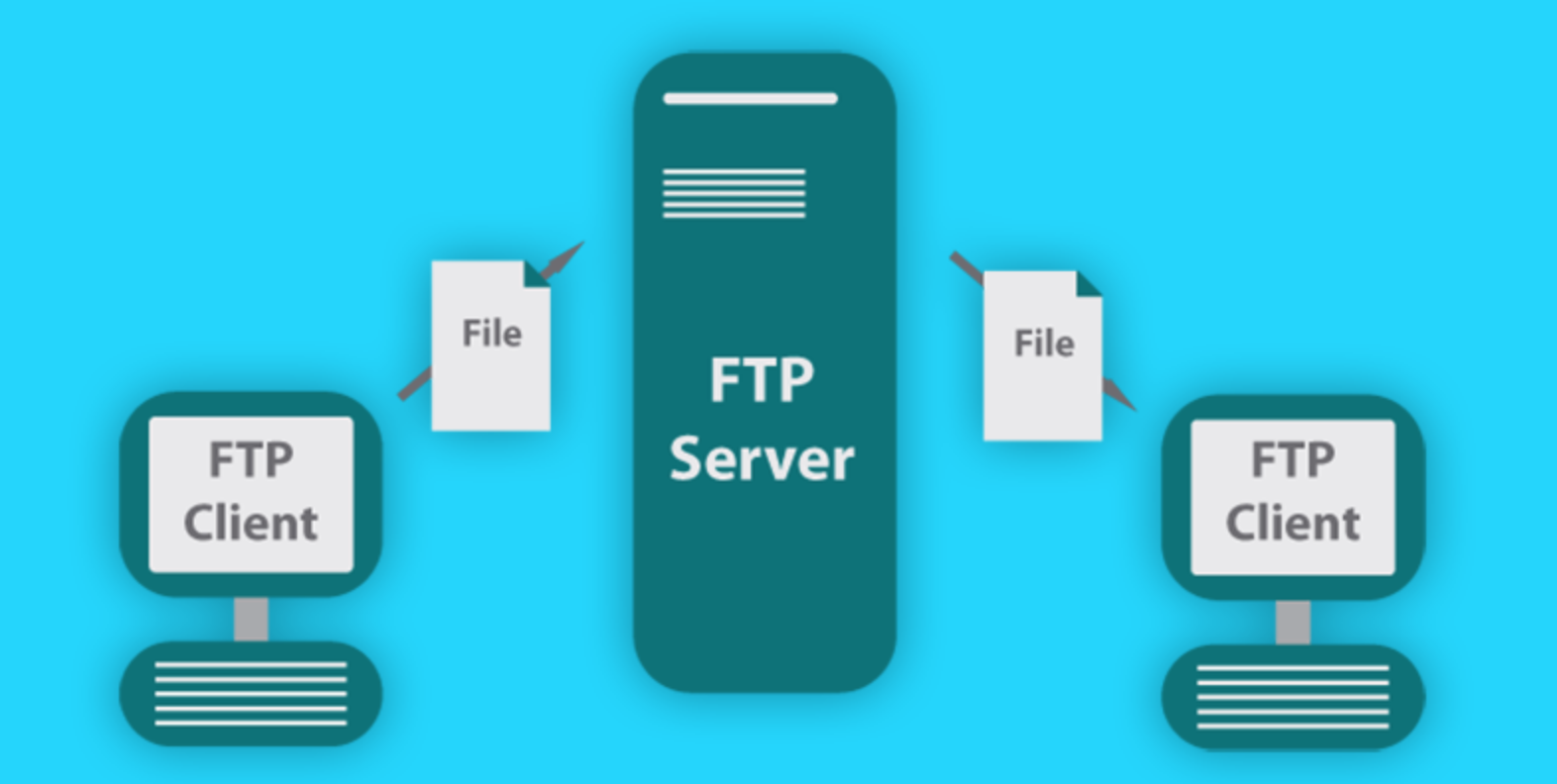File transfer is the process of sharing, transferring or transmitting a logical data object from one computer to another over a network or online. It can be either an upload or a download. The most common files transferred are text documents, images and videos. Some of the most popular file transfer protocols include FTP, HTTP and BitTorrent.
A reliable and fast file transfer system is crucial for businesses in today’s hyper-competitive environment. With heightened cybersecurity concerns and the growth of IoT and big data analytics, a premium is placed on file transfer speed to ensure critical information is delivered without delay.
With that in mind, it is important to understand what factors influence file transfer speed so that organizations can maximize the efficiency of their systems. Aside from the usual considerations, such as network congestion and external drive write speeds, it’s also worth evaluating how big of a role the distance between the two computers plays in the overall transfer time.
If you’ve ever lost a document right before a deadline or suffered a blue screen of death while trying to submit an essay, then you know the panic that ensues when a computer malfunctions. To prevent this from happening, it is essential to back up your important files regularly. However, when it comes to moving a large amount of data, you may need more than just an external hard drive and the copy-and-paste method to make sure everything goes smoothly.
File transfer software can simplify the transition to a new device and help you save time by eliminating the manual process. It can provide an efficient and streamlined experience with the right tools and features for maximum productivity. It can also give you peace of mind that your files are secure against both physical and virtual attacks.
An advanced file transfer system should be able to deliver the speed and stability needed for business operations, even when it’s transferring multiple gigabytes or terabytes of data. This includes ensuring the data is fully encrypted in transit and at rest to protect against data breaches. It should also have operational visibility to enable businesses to monitor and respond to issues like failed transfers.
A file transfer system should be able to support a wide variety of file types, including multimedia and PDFs as well as standard enterprise formats, such as XML and EDI. It should also allow for easy migration between platforms to avoid the need to manually re-format or convert files. It should also be scalable to accommodate the growing volume of data that organizations need to move.
File transfer technologies have evolved to meet the demands of today’s business environments. The increased emphasis on the speed and scalability of file transfers has led to the development of hardware-accelerators, new security process software and improved file transfer throughput. In addition, the increasing focus on cyber-security has elevated the importance of security technologies in file transfer solutions. This creates a unique challenge that requires innovative technology to balance the demands of speed, volume and security.MediaFire Alternative

